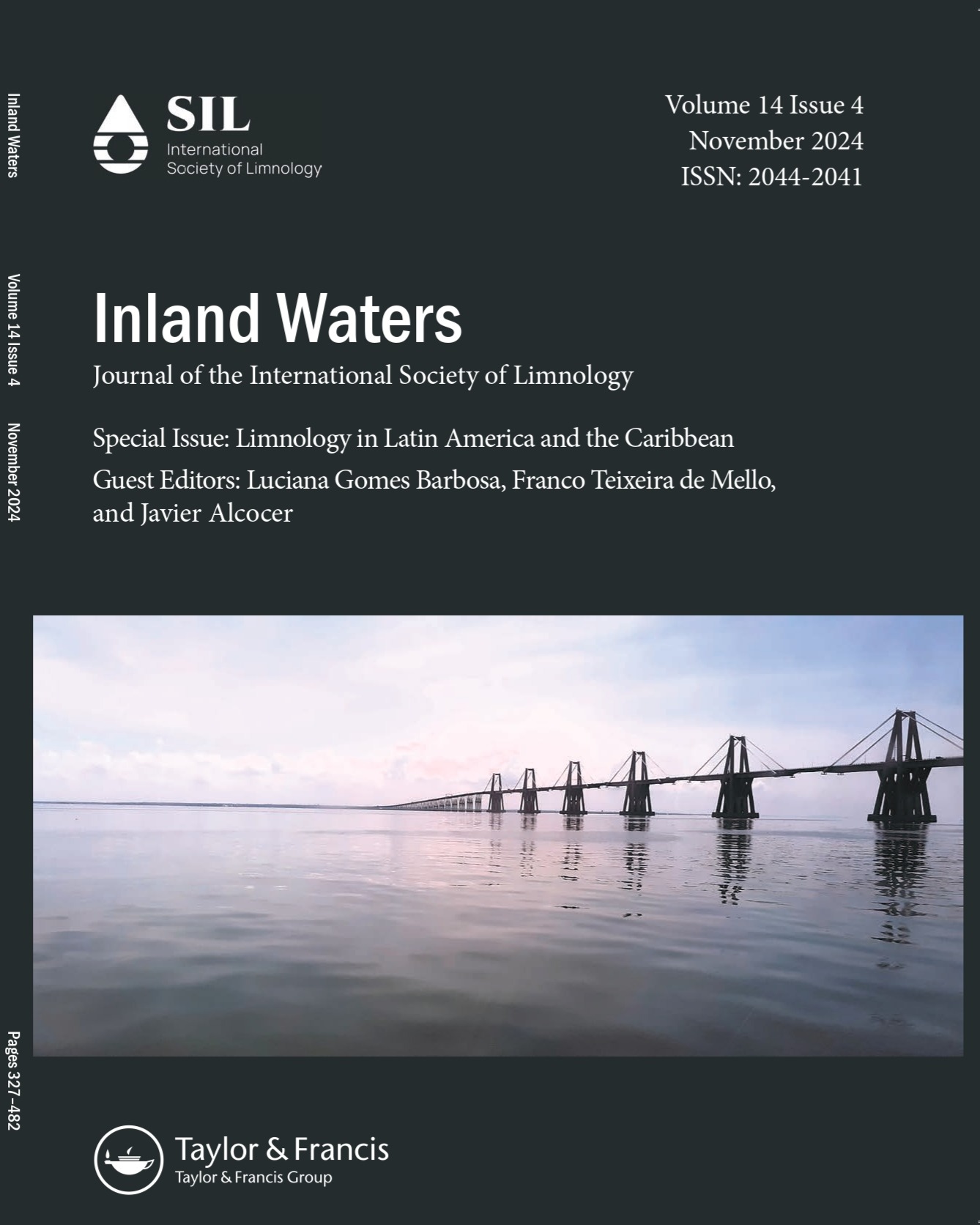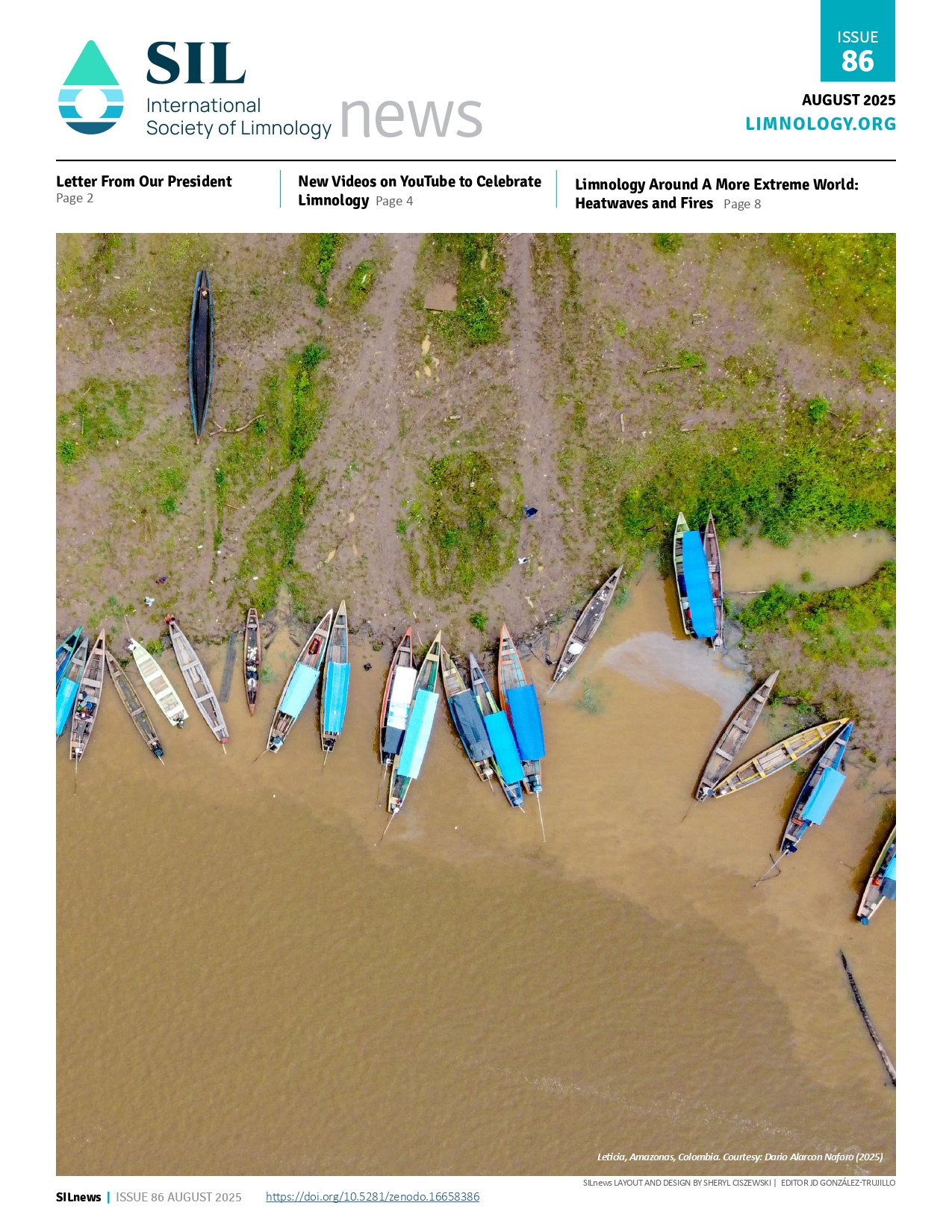Naumann-Thienemann Medals
Naumann-Thienemann Medals
About
The First General Assembly of each congress of the Societas Internationalis Limnologiae culminates with the award of the Einar Naumann – August Thienemann Medals. This award is the highest honor that can be bestowed internationally for outstanding scientific contributions to limnology. The engraved bronze medal bears the reliefs of the two founders of SIL and the meritorious inscription in Latin cited above. The Naumann-Thienemann Medal Committee evaluates nominations received from the membership and submits its recommendations to the International Committee for approval. Not more than one medal shall be awarded per year (see Statutes of SIL in the Appendices of the General Secretary’s Report of the Proceedings).
The medal originated as the Einar Naumann Medal and was first awarded in 1948 (see listing of recipients at the end of this article). The important contributions of August Thienemann to the development and leadership of SIL were fully appreciated later when the early records of the SIL were examined carefully (see Rodhe, 1974, for a detailed account of the events, original correspondence, and meetings that led to the foundation of SIL in 1922). In 1972, at an international workshop to honor the 50th anniversary of the SIL (Wetzel 1974), a decision was made to alter the medal to recognize the different, but fundamental and reinforcing, contributions of both scientists to international limnology.
Thienemann and Naumann possessed enormously different personalities. Thienemann was cultured with a deeply rooted intellectual heritage in philosophy, particularly of Goethe, and the classics, was highly disciplined, balanced, and positive, and possessed an extraordinary working capacity. Naumann, in contrast, was impulsive, energetic, and unpredictable yet highly original and insightful. Despite these differences, their many years of independent limnological study before they met in the early 1920s gave them a commonality that quickly forged an intellectual and a personal friendship. Both scientists had been organizing biological and abiotic differences among lakes which resulted in a fusion of Thienemann’s primarily regional (Subalpine-Baltic) lake types based on profundal fauna and oxygen distributions with the primarily trophic lake types of Naumann based on water chemistry and primary production of phytoplankton. The coupling of these properties with trophogenic and tropholytic zone relationships led to the oligo-, eu-, and dystrophic scheme still used today. Lake typology in the 1920s and 1930s was a catalyst for extensive regional limnological research that amalgamated various subdisciplines of lake studies into limnology (Elster 1958).
Thienemann continued to make fundamental contributions to limnology and ecology long after Naumann’s early death. As early as 1909 Thienemann organized biota into hierarchical systems, and his published discussions in 1914 of the interactions between the different communities and conditions in the water environment into a “super-organismic unity” anticipated the ecosystem concept (Rodhe 1975). Already in 1918 Thienemann had established the concepts that greater habitat diversity results in greater biodiversity, and that habitat disturbance reduces biodiversity but can lead to greater development of the surviving species. It should also be noted that Thienemann developed and published in 1926, the basic conceptual foundations of cycling of nutrients in water and food cycle relationships among producers, consumers, and decomposers. This work was noted as foundational by Lindeman in his development, with G. E. Hutchinson, of the classical trophic-dynamic aspect of ecology in 1942.
Both Naumann and particularly Thienemann were also active in applying limnological understanding to applied problems of deteriorating water resources. His missionary statements more than 40 years ago about, for example, the importance of water quality, need for ecological and biological understanding and training among technicians and engineers, rigorous and enforced environmental laws, ecosystem drainage basin management of natural waters, and the importance of experimental scientific research as the foundation of good management are totally applicable and resounding today. Disciplinary service was also extraordinary. For example, Thienemann was the sole editor of the Archiv für Hydrobiologie, a scientific periodical of the SIL, for 40 years and edited over 60,000 printed pages of contributions in this journal alone.
We can learn much from the manifold contributions of these pioneers of limnology. Both Naumann and Thienemann shared great concern and optimism as they worked to encourage the developing science under the constraints of problems of society and their impacts on inland waters. These two men differed greatly in their viewpoints both personally and in science. Yet, they understood the need to collaborate in the profession.
Naumann biography >>>
Thienemann biography >>>
Nomination Details
Statutes for the Award of the Einar Naumann – August Thienemann Medal “De limnologia optime merito”
- The Einar Naumann – August Thienemann Medal “De limnologia optime merito” shall be awarded by SIL to individuals, in exceptional cases to an institute or an organization, for outstanding scientific contributions to limnology.
- In principle not more than one medal shall be awarded per year. The award(s) shall be made on the occasion of the first General Assembly of congresses of SIL.
- The recipient of the Medal shall receive a document about the award.
- A Naumann-Thienemann Medal Committee will be formed within SIL which shall make nominations for medal recipients and present them to the International Committee for approval before the next congress of SIL. A simple majority vote will approve nominations. In case of equal vote, the decision will rest with the President of SIL
- The Committee consists of the President of SIL as Chairperson, the General Secretary as Secretary, and four members of SIL, selected by the International Committee, than emanate from four different countries. The composition of the Committee shall be reevaluated by the International Committee at each Congress. Reelection is permissible for two times.
- The Committee shall assemble on the occasion of the congresses of SIL. A decision is reached by majority vote; the chairperson decides in the case of an equal vote. The Committee can conduct business if at least four members are present or written ballots have been obtained.
- In the case of dissolution of SIL, the last Committee members shall determine the disposition and destruction of existing medals


